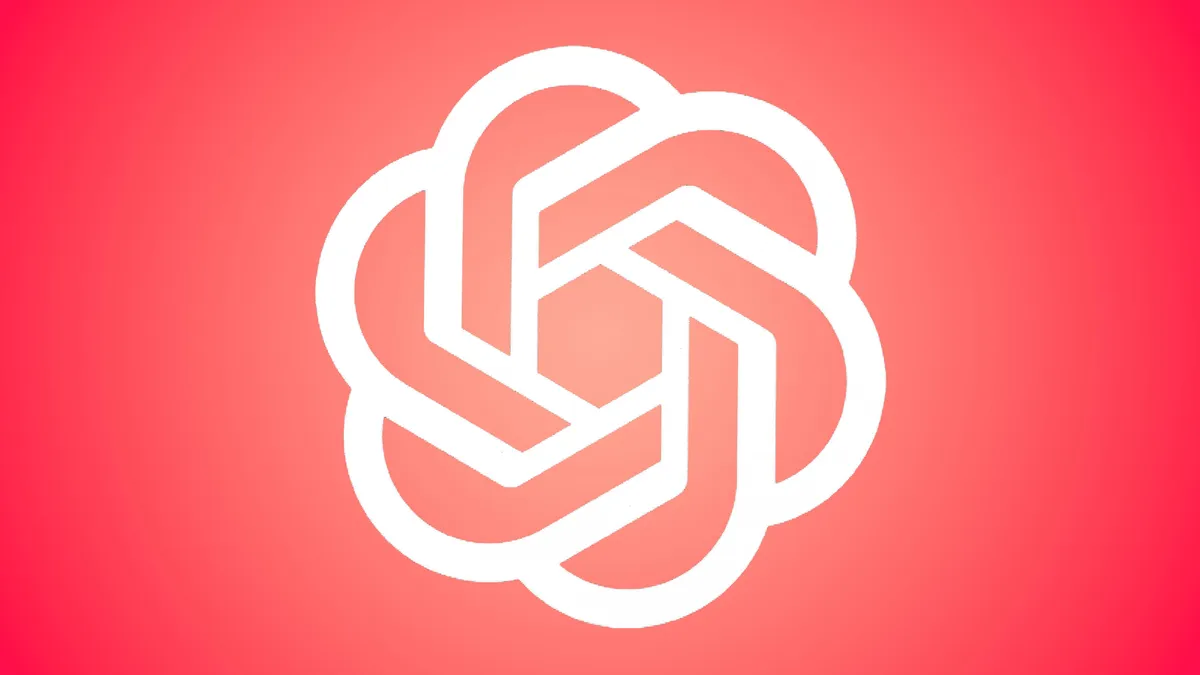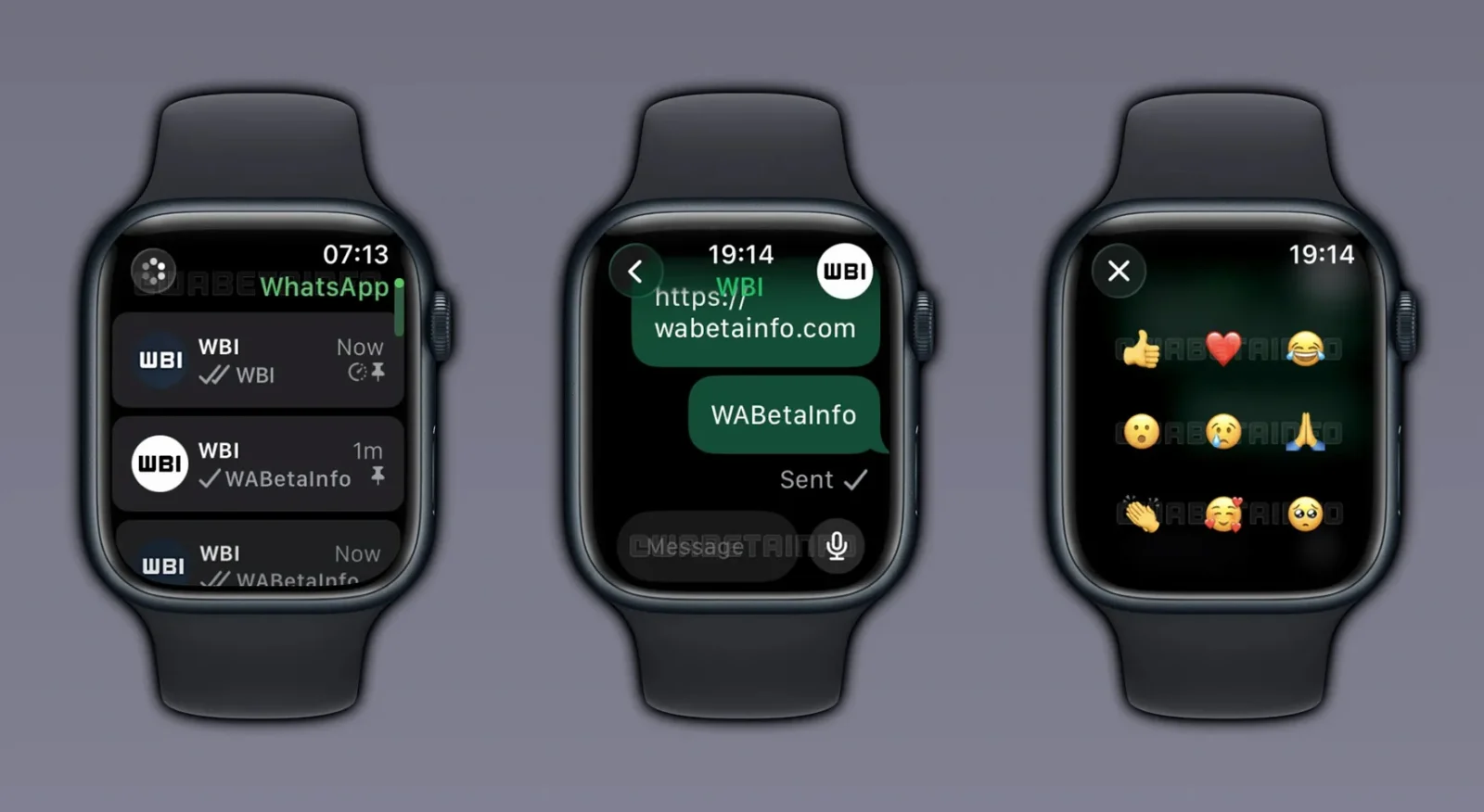OpenAI has introduced Aardvark, an autonomous cybersecurity research agent powered by GPT-5, marking its latest move into specialized AI tools designed for real-world technical problem solving. Currently in private beta, Aardvark is built to detect, explain, and assist in fixing software vulnerabilities — effectively acting as a digital security researcher capable of scanning and reasoning about complex codebases.
According to OpenAI, Aardvark was initially developed as an internal tool to help its engineers identify and resolve issues within their own systems. Its usefulness in that environment led to broader testing with select partners. The agent is designed to address one of the industry’s growing challenges: the surge in software vulnerabilities across enterprise and open-source ecosystems, where tens of thousands of new flaws are discovered each year.
Aardvark’s process can be understood in several stages. When connected to a repository, the agent first analyzes the codebase to understand its purpose, architecture, and potential security implications. It then searches for weaknesses — both in newly committed code and historical actions — and annotates vulnerabilities directly within the code for developers to review. Each finding includes detailed explanations generated through GPT-5’s reasoning capabilities, offering not just detection but also educational context.
The agent then moves to a validation stage, using a sandboxed environment to safely test whether a vulnerability can actually be exploited. Each test result is documented with metadata, allowing security teams to organize findings by severity or type. Finally, Aardvark assists in remediation by proposing patches created in conjunction with OpenAI’s coding system, Codex. The suggested fixes are scanned again by Aardvark before being presented to human reviewers for final approval and integration.
Matt Knight, OpenAI’s vice president of security, said the company sees Aardvark as a complement to existing human workflows rather than a replacement. “Our developers found real value in how clearly it explained issues and guided them to fixes,” he said, emphasizing that the agent’s design aims to enhance human oversight, not automate it away.
The tool arrives at a time when AI’s role in cybersecurity is expanding rapidly — both as a defense mechanism and as a potential new vector for risk. While some IT professionals remain cautious about deploying autonomous agents in security contexts, OpenAI appears intent on positioning Aardvark as a controlled, auditable research assistant.
Access to Aardvark is currently limited to a small group of OpenAI-invited partners. The company plans to use feedback from early participants to improve detection accuracy, patch validation, and workflow integration before a wider release.
If successful, Aardvark could mark a new stage in applied AI security — one where large language models not only assist in coding and testing, but also take an active role in hardening the systems they help build.







